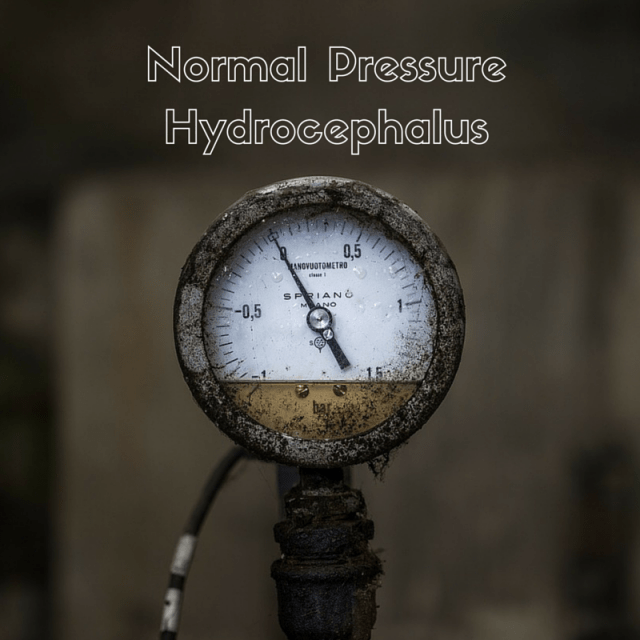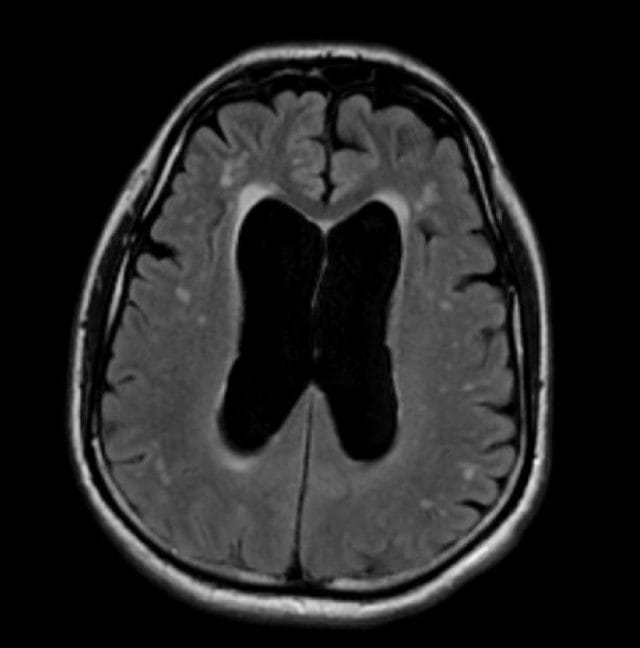
There was an article in the Abstracts recently by Djukic in 2015 that looked at how often you can find a potentially reversible cause of dementia. Billy Mallon wrote a nice essay on it. We reviewed the paper over on the RCEM FOAMed podcast

Case courtesy of A.Prof Frank Gaillard, Radiopaedia.org. From the case rID: 7258
That in itself but something that cropped up that i was blissfully unaware of was normal pressure hydrocephalus. The entity itself seems somewhat controversial but here’s the gist of it
- a communicating hydropcephalus
- enlarged verntricles but normal pressures, at least on LP
- the classic triad (you kneww there was going to be a triad didn’t you?)
- demenita
- gait disturbance
- urinary incontinence
- the pathophysiology is likely obstruction of the arachnoid villi like in SAH causing a chronic build up of fluid.
- tricky to see on imaging as it’s usually old folk with atrophy who tend to have slightly big ventricles to start with. The key seems to be that the ventricles are our of proportion to the cortical sulcal enlargement
- Can be seen on CT but MRI much better (what a surprise)
- therapeutic LP (say 40mls) – if better proceed to a shunt. Gait should improve within an hr… This is what they did in the Djukic paper
- the shunt is the definitive treatment
- overall very little definitive evidence and guidelines on this
- it can of course co exist with dementia like alzheimers so just cause you find it doesn’t mean you can fix the patient.
References:
